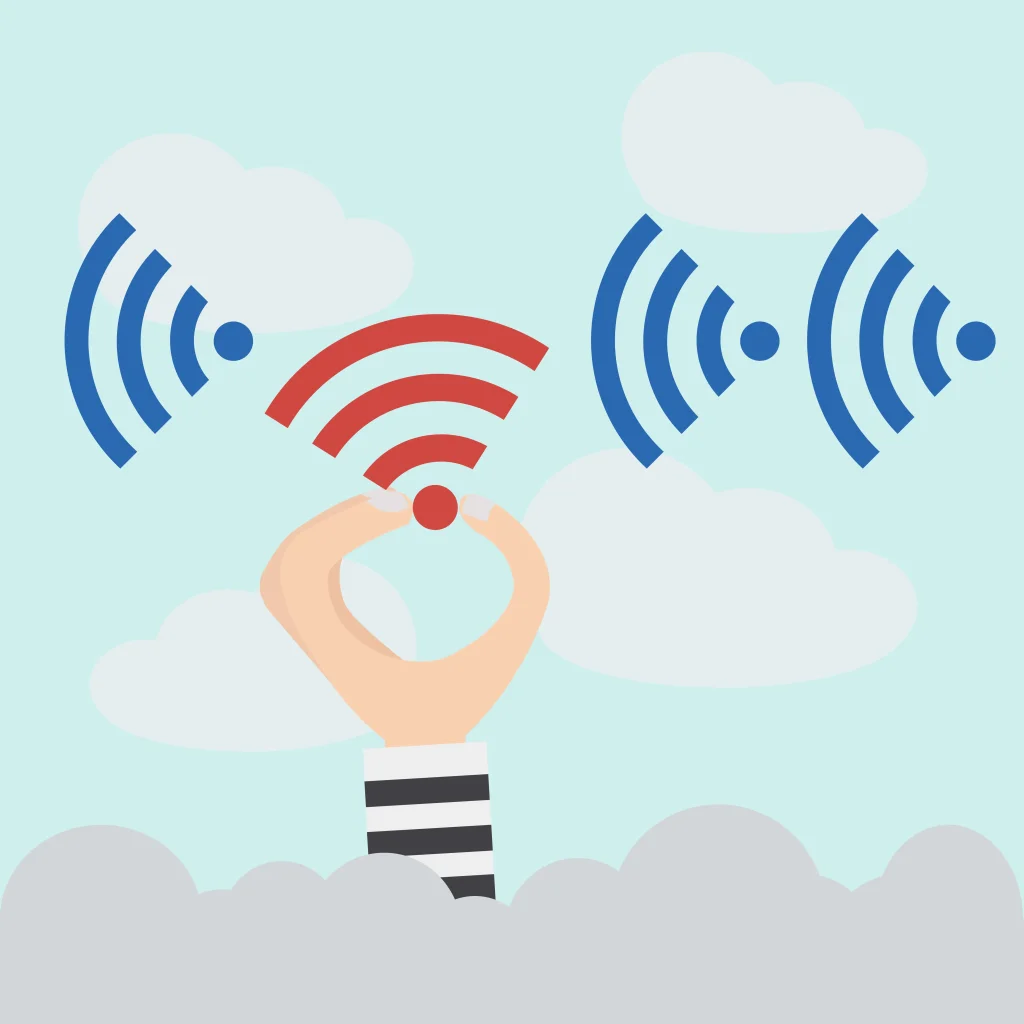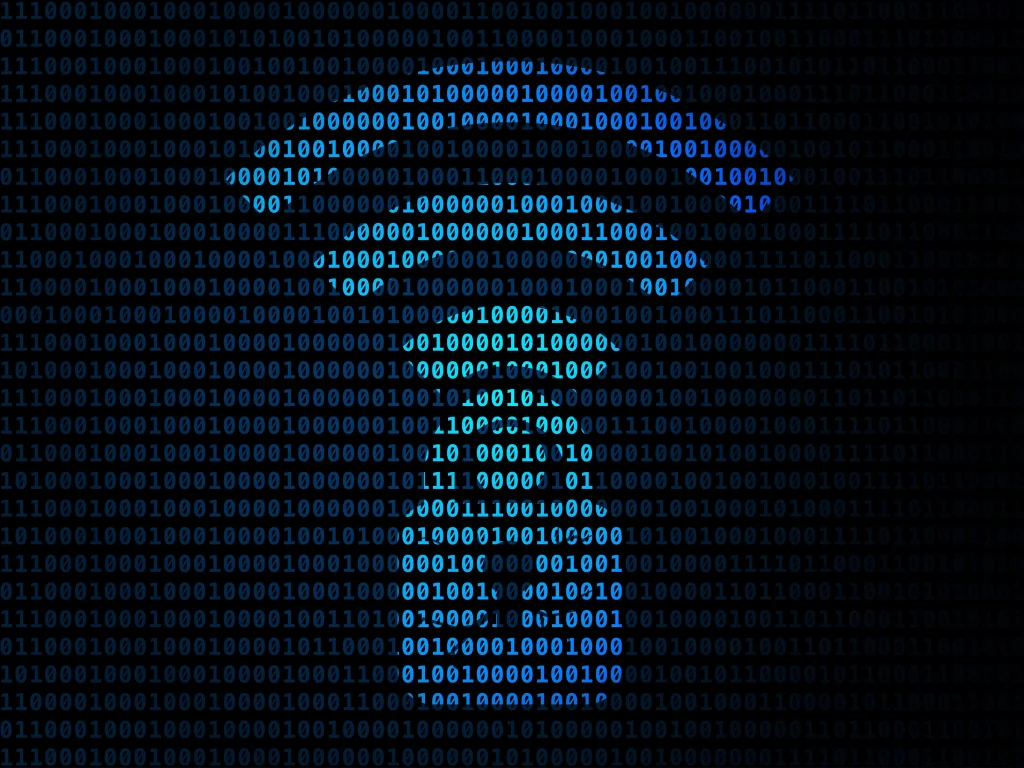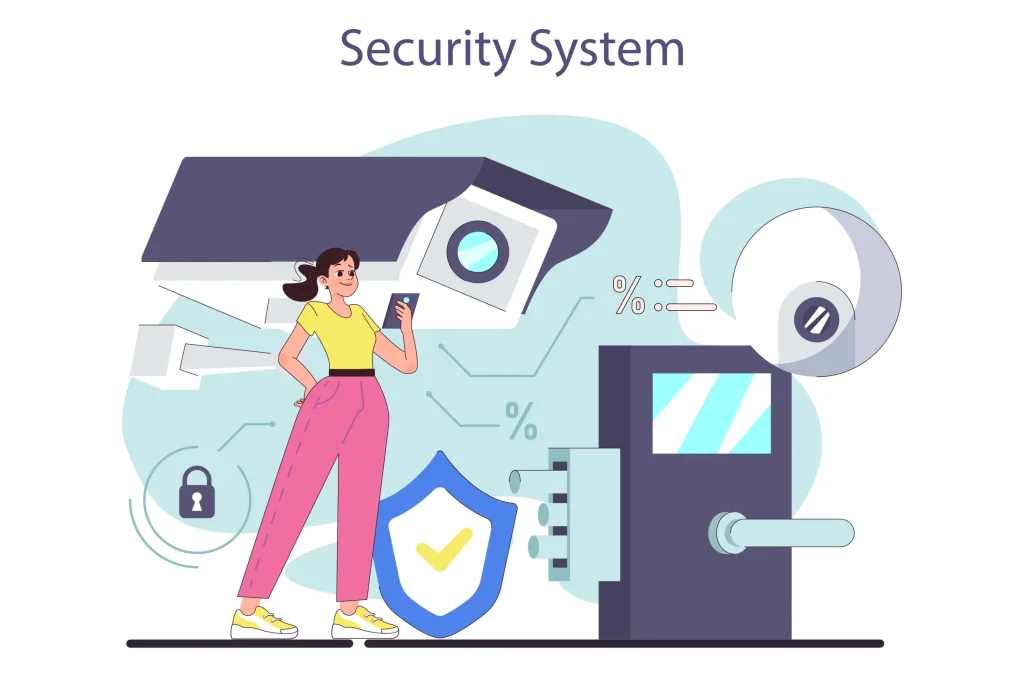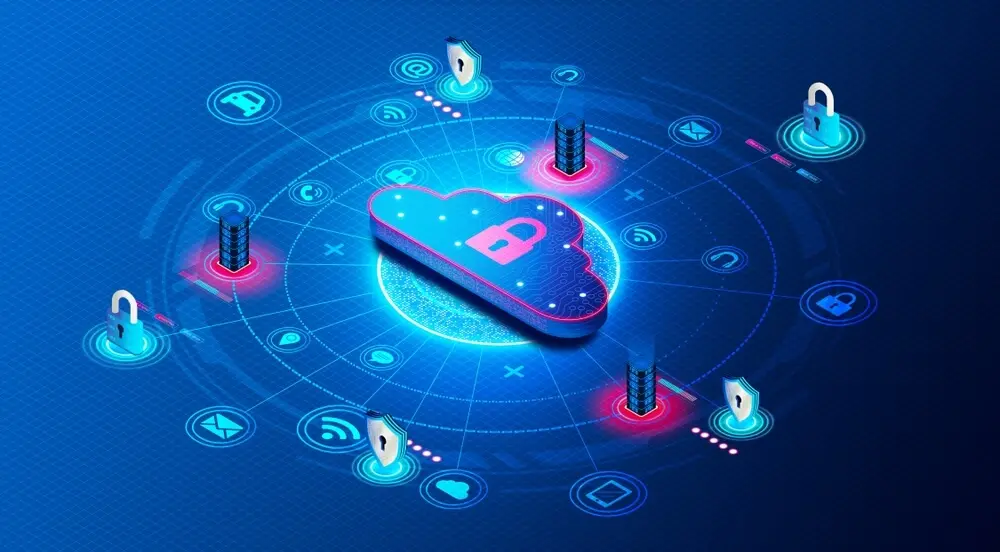
The lure of smart home convenience beckons as bright as your voice-controlled lights. Yet, with each new camera, lock, and thermostat linked online, the shadow of risk creeps closer. Like moths to flame, hackers gather where connections flourish, probing for flaws and vulnerabilities. But take heart – your smart haven need not become their playground. With vigilance and preparation, you can secure the convenience and cast intruders back into the darkness. This article will explore how smart homes get targeted by hackers, signs of a breach, and what you need to do to keep intruders out of your connected home.
Why do smart home devices get hacked?
One of the main reasons smart home gadgets get hacked is inadequate security protections. In the rush to get new innovative products to market quickly, some companies neglect privacy and software protections. These vulnerabilities allow hackers to more easily access devices.
Outdated firmware and software is another common weakness. If you don’t install the latest updates on smart home devices, any fixed bugs or exploits can be used by hackers. Unpatched weaknesses give intruders an easy opening.
Moreover, smart home devices often use simple default passwords like “1234” or “password.” These are easy for hackers to guess. Even slightly more complex but common passwords can be cracked in minutes by programs that run through thousands of combinations.
Finally, an unsecured Wi-Fi network gives a hacker access to everything connected to it. Once in the network, all linked smart devices become vulnerable.

Signs your smart home may be hacked
How do you know if your smart home security has already been compromised? Here are some red flags:
- Unknown devices show up connected to your Wi-Fi network. These could be installed by hackers.
- Your security cameras pivot or display feeds unexpectedly. This indicates remote access.
- You hear weird voices or music from voice assistant devices. An intruder may be speaking through it.
- Smart devices like lights turn on and off on their own. External control from a hacker.
- Device settings like your thermostat temperature or alarm system codes change inexplicably.
- You experience slower Wi-Fi speeds. Excess traffic from an intruder can bog down your network.
If you notice any suspicious smart home activity, change your network passwords immediately and disconnect compromised devices until you can secure them. Don’t ignore the warning signs.
How to protect your smart home devices
To fully enjoy your smart home while keeping it protected, be proactive in taking these essential security steps:
1. Lock down your Wi-Fi network
Your Wi-Fi router is the doorway into your smart home network. A weak Wi-Fi security plan is like leaving your front door unlocked – it gives hackers easy access to everything connected.
Start by changing the default Wi-Fi password set by your internet provider to something long, random, and complex. Hackers can easily look up common default passwords. You want something not easily guessed.
Next, check that your wireless network uses modern WPA2 or WPA3 encryption protocols. The outdated WEP standard has well-known flaws that even amateur hackers can exploit to break into Wi-Fi networks. WPA2/WPA3 encrypts your traffic to block snooping.
Don’t forget to activate your router’s firewall, found in its security settings. A firewall monitors all network traffic and can block unauthorized access attempts. Make sure to enable this vital protection.
For even more security, configure a guest network on your router to keep your smart home devices firewalled off from more private computing devices like laptops. This limits the damage if any smart gadgets get compromised.

2. Safeguard smart devices
With your network locked down, it’s time to secure the growing array of smart devices connecting to it – doorbells, lights, thermostats, appliances, and more.
First, always change the default password on smart devices to something unique and difficult to crack. Default passwords let anyone who has the same gadget access your device – not very safe!
When available, enable two-factor authentication on smart devices for enhanced security. This requires entering a temporary code from your phone when accessing the device from a new location for the first time.
Be diligent about promptly installing any software and firmware security updates published by the device maker. This ensures you always have the latest protections and fixes for known vulnerabilities. Don’t let your devices fall out of date!
Carefully inspect what permissions you grant smart device apps, denying any unnecessary access to contacts, location data, photos, and such. Only allow what’s needed for the device to function. Overprivileged apps put privacy at risk.

3. Secure your smart home hub
Most smart homes are controlled via a central hub that connects everything together. Give your hub the same security treatment as your devices:
- Use a randomly generated, lengthy password for your hub account – no cheating by reusing other passwords! Follow the same password best practices.
- Never access your hub’s controls over unsecured public Wi-Fi networks. These are easy for hackers to snoop on, allowing them to steal credentials to your hub account and control your smart home.
- If offered by your hub platform, enable two-factor verification for enhanced account security. This requires entering a special access code when logging into your hub from a new device for the first time.
Be diligent about applying software and firmware security updates when notified. Keeping your hub fully updated prevents backdoor access through known security holes. Don’t delay updates!

4. Add monitoring tools
In addition to securing devices, networks, and accounts, monitoring tools provide an extra layer of protection:
Install comprehensive internet security software like antivirus and malware protection on all computers and smartphones on your network. This acts as a shield against malicious links, infected attachments, and phishing attempts.
When accessing your smart home controls remotely over public Wi-Fi, use a virtual private network (VPN) to encrypt traffic and prevent snooping of your activity and account information. Public hotspots are ripe for eavesdropping.
Deploy network monitoring tools to receive alerts about suspicious connections, bandwidth spikes, or policy violations that could indicate an intrusion. Watch for any abnormal smart home network activity.

5. Follow security best practices
Beyond specific protections, some general smart home safety tips include:
- Enable all available security settings in your device apps, like two-factor authentication. Never leave anything on default settings.
- Minimize always-on microphones or cameras inside your home to only what’s absolutely necessary. These present huge risks if ever hacked.
- Before disposal, do factory resets on old smart devices to wipe data. Otherwise, you risk handing over access.
- Balance the convenience of smart gadgets against the privacy risks – not every device needs to be connected for full benefit.
- Stay educated on emerging hacking techniques, threats, and best practices as the smart home space evolves. What sufficed yesterday may not tomorrow.
Conclusion
Securing your smart home is an ongoing process, but the reward is peace of mind. While no system is impenetrable, staying one step ahead of threats ensures your connected sanctuary remains just that-a sanctuary. Remain vigilant, but don’t become so worried about intruders that you lose sight of what matters: enjoying the convenience of smart living. With prudent protections in place, you can embrace the future of connected living with confidence. By taking reasonable precautions tailored to your comfort level, your home can remain a safe haven.
Q&A About Smart Home Security
Q1: What happens if your home Wi-Fi is hacked?
A hacked home Wi-Fi network allows attackers access to any unsecured smart home devices connected to it. They could steal data, spy through cameras, control appliances, disable security systems, and more. Always use strong Wi-Fi passwords and modern WPA2/WPA3 encryption.
Q2: How do I secure my IoT device on my home network?
- Change default passwords to something long and complex
- Enable two-factor authentication if available
- Install regular software/firmware updates
- Only allow necessary app permissions
- Isolate IoT devices on a separate guest network
Q3: Can I see if someone has hacked my Wi-Fi?
Monitor your router interface and connected devices list for any unknown items. Run router firmware updates to fix vulnerabilities. Use network monitoring software to detect abnormal traffic. Change Wi-Fi passwords periodically in case they are compromised.
Q4: Does VPN protect IoT devices?
A VPN encrypts traffic between your devices and the internet to prevent snooping. However, a VPN alone doesn’t secure smart home devices themselves. You still need to follow other IoT device hardening steps.
Q5: Is IoT the same as a smart home?
IoT (Internet of Things) refers to all internet-connected devices. A smart home specifically contains IoT devices like lights, thermostats, appliances, security systems, etc. So, smart homes utilize IoT devices.
Q6: What happens if a hacker gets your Wi-Fi password?
They can connect to your wireless network and attempt to access other devices like computers and smart home gadgets. Change your Wi-Fi password immediately and check for signs of intrusion. Enable WPA2/WPA3 encryption and use a strong password to make this scenario less likely.
Read More
- Best Smart Door Lock for 2023
- SwitchBot: Pan/Tilt Cam VS Indoor Cam
- SwitchBot Deals| SwitchBot Combos 30% off in 2022
- Currently on Kickstarter|The first plumbing connected 100% automated floor cleaning robot.
- Children at home driving you crazy? Worried about their safety at home? You need these smart home devices.
How to choose the best smart home system for your needs in 2024
How much does a smart home cost in 2024? a breakdown of expenses